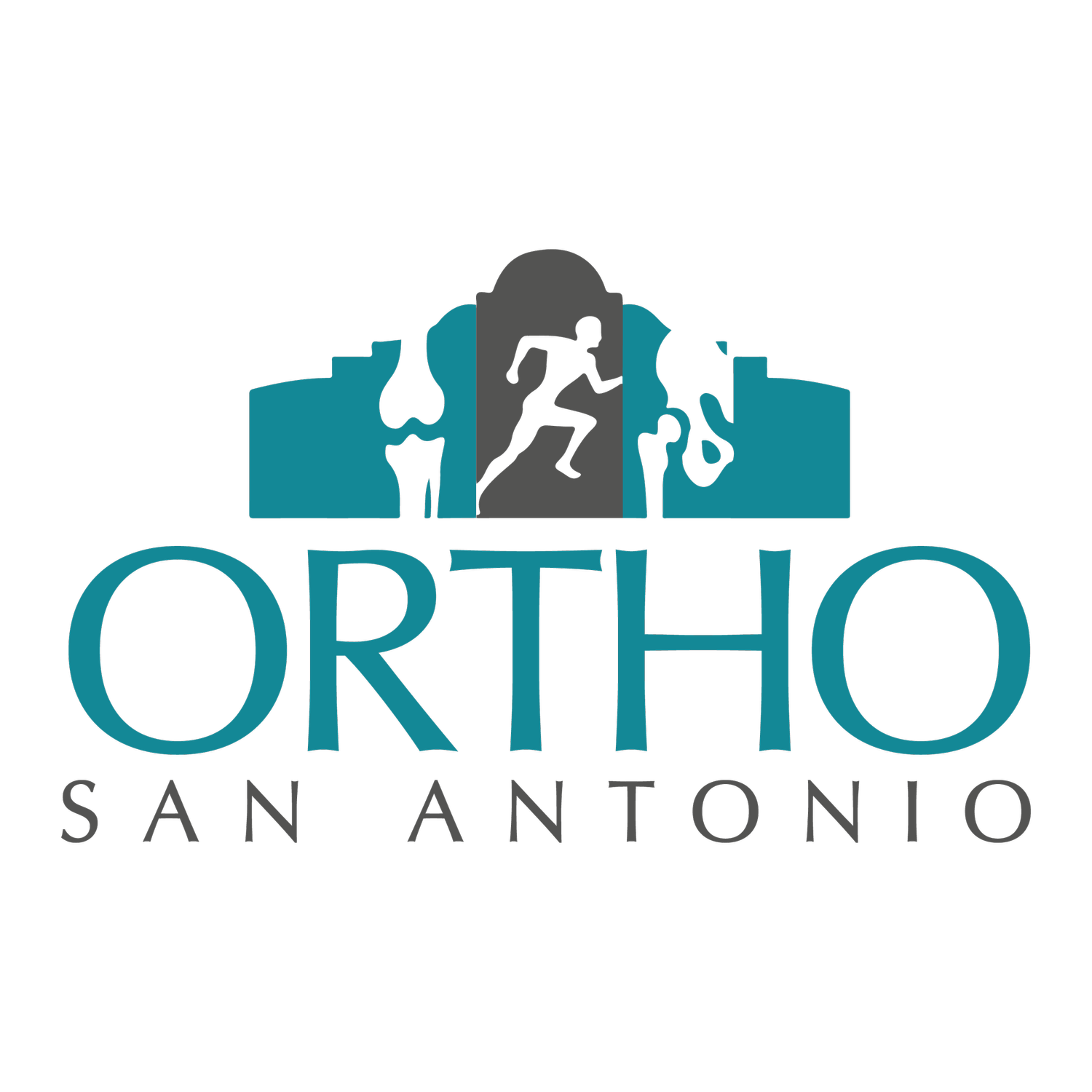
ac joint Injuries in San Antonio
What Are AC Joint Injuries?
The acromioclavicular (AC) joint is a critical component of the shoulder, connecting the collarbone to the acromion, the bony prominence of the shoulder blade. This joint plays an essential role in shoulder stability, allowing the shoulder to move freely and maintain a full range of motion necessary for everyday tasks such as lifting, reaching, and throwing.
An AC joint injury, commonly referred to as a shoulder separation, occurs when the ligaments that hold the joint together become damaged. These injuries can range in severity from a mild sprain, where the ligaments are stretched, to a more severe tear, where the ligaments are completely ruptured. AC joint injuries are common not only among athletes, especially those participating in contact sports, but also among non-athletes who experience trauma or repetitive movements that strain the shoulder joint.
These injuries can result in significant pain, reduced mobility, and a diminished ability to perform daily activities or engage in sports. Understanding what causes these injuries can help guide both prevention and treatment efforts.
What Causes AC Joint Injuries?
Direct Impact: A direct blow to the shoulder is one of the most common causes of AC joint injuries. This impact typically occurs at the point where the collarbone meets the shoulder blade. Such injuries are often the result of falls onto an outstretched arm, car accidents, or during contact sports like football, hockey, or rugby.
Repetitive Overhead Motions: Activities that require frequent overhead motions, especially with heavy lifting or resistance exercises, can place stress on the AC joint ligaments. This is a common risk factor for athletes and individuals in professions that involve repetitive motions, such as weightlifters, baseball pitchers, rowers, and manual laborers.
Degeneration: Over time, the AC joint may experience degeneration due to wear and tear. This condition, known as osteolysis, weakens the ligaments that stabilize the joint. It’s more common in individuals who engage in repetitive overhead motions or heavy lifting, particularly among older adults or those with long-term strain on their shoulders.
Previous Shoulder Injury: A history of shoulder injuries, such as a collarbone fracture or shoulder dislocation, can increase the likelihood of future AC joint injuries. These initial traumas may have weakened the surrounding ligaments or caused misalignment, which makes the joint more susceptible to further damage.
common symptoms of ac joint injuries
Pain: The most common symptom of an AC joint injury is localized pain at the top of the shoulder, typically worsening when pressing on the area or attempting to raise the arm overhead. This pain may vary in intensity depending on the severity of the injury, and it often radiates across the shoulder and collarbone.
Point Tenderness: The AC joint will be tender to the touch, particularly over the bony prominence where the collarbone meets the shoulder blade. Tenderness in this area is a clear indicator of local inflammation, which can occur after an AC joint sprain or shoulder separation.
Swelling and Bruising: Inflammation caused by an AC joint injury can lead to swelling around the joint, with bruising potentially extending down the collarbone. The bruising and swelling are often the result of damaged ligaments and blood vessels in the area.
Functional Limitations: Pain and instability from an AC joint injury can limit your ability to perform basic daily activities and athletic movements. This includes difficulty reaching overhead, lifting objects, or participating in sports that require full shoulder mobility and strength, such as throwing, swimming, or lifting weights.
Decreased Range of Motion: Limited range of motion is a common symptom of shoulder separation or AC joint sprains. Injured individuals may have trouble raising their arm fully or performing activities that require shoulder mobility, such as combing their hair, reaching for objects on high shelves, or participating in sports.
Palpable Deformity: In more severe cases of AC joint separation, a visible deformity or bump may appear over the joint due to ligament disruption and bone displacement. This deformity, caused by a complete rupture or dislocation of the ligaments, is less common but can be an indication of a more serious injury.
TREATMENT OPTIONS FOR ARTICULAR CARTILAGE INJURIES
Fortunately, most AC joint injuries respond well to non-surgical treatment approaches. At Ortho San Antonio, our team of shoulder specialists will develop a personalized treatment plan based on the severity of your injury. Here's an overview of common treatment options:
Rest and Immobilization: In the initial stages of recovery, minimizing activity is crucial to prevent further damage. Using a shoulder sling can provide stability and comfort while the injured ligaments heal.
Pain Management: Managing pain and reducing inflammation is essential for recovery. Our specialists may recommend over-the-counter or prescription medication to control pain and support the healing process.
Cryotherapy (Ice Therapy): Cryotherapy is an effective treatment for reducing swelling and pain associated with AC joint injuries. Applying ice to the affected area in the early stages helps to manage inflammation and promote faster recovery.
Physical Therapy: After the initial healing phase, physical therapy is often recommended to help regain strength and improve range of motion in the shoulder. A personalized exercise program will be designed to address your specific needs, helping you return to daily activities and sports.
Surgery is rarely needed for most AC joint injuries, but it may be considered for severe ligament tears or cases of joint instability. In these instances, our surgeons utilize minimally invasive techniques, such as arthroscopy, for optimal outcomes and faster recovery.
Recovery time varies based on the severity of the injury and the treatment approach. With consistent adherence to the prescribed treatment plan, many patients see significant improvement within weeks. Early evaluation and appropriate treatment are key to ensuring a swift recovery and avoiding complications.


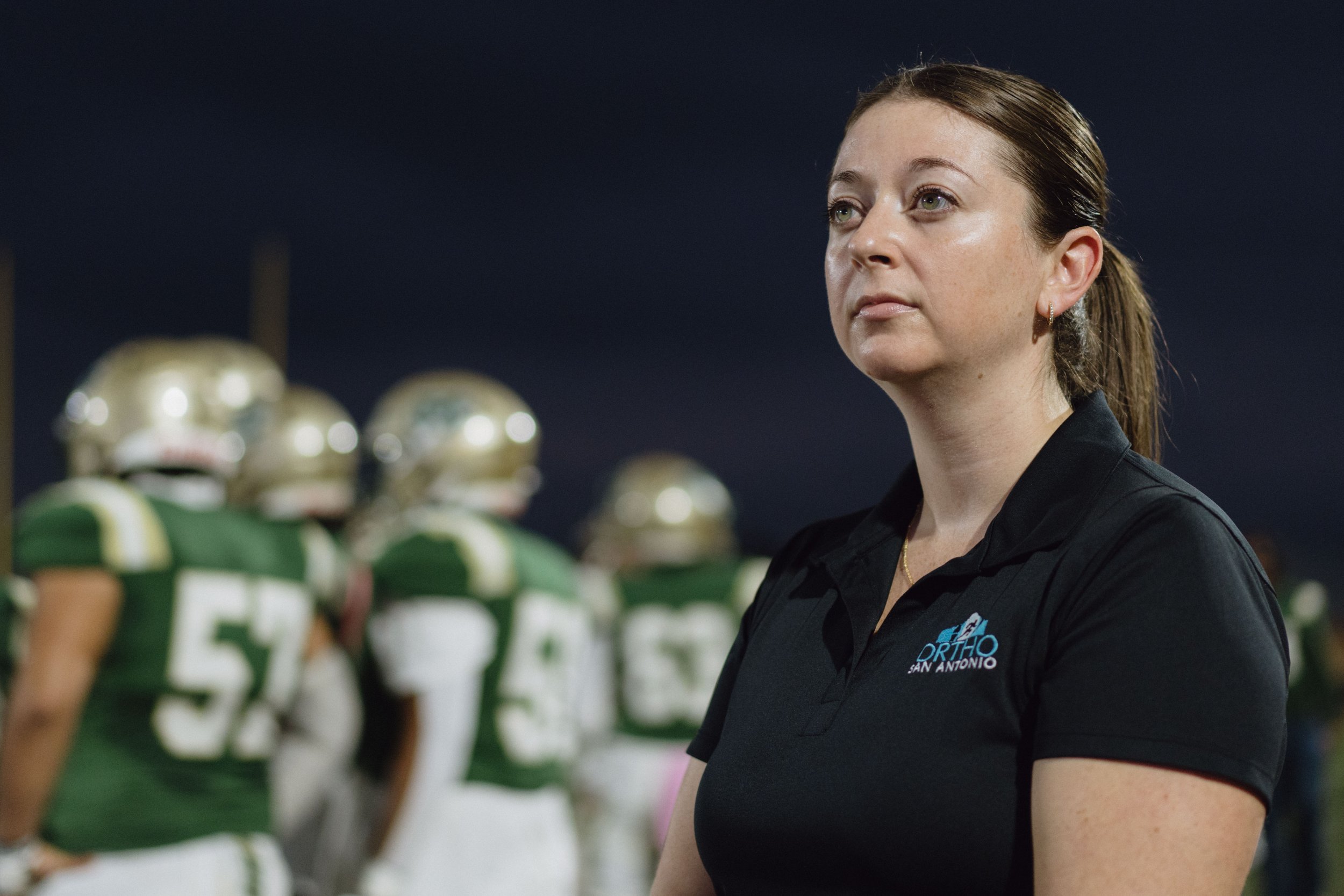
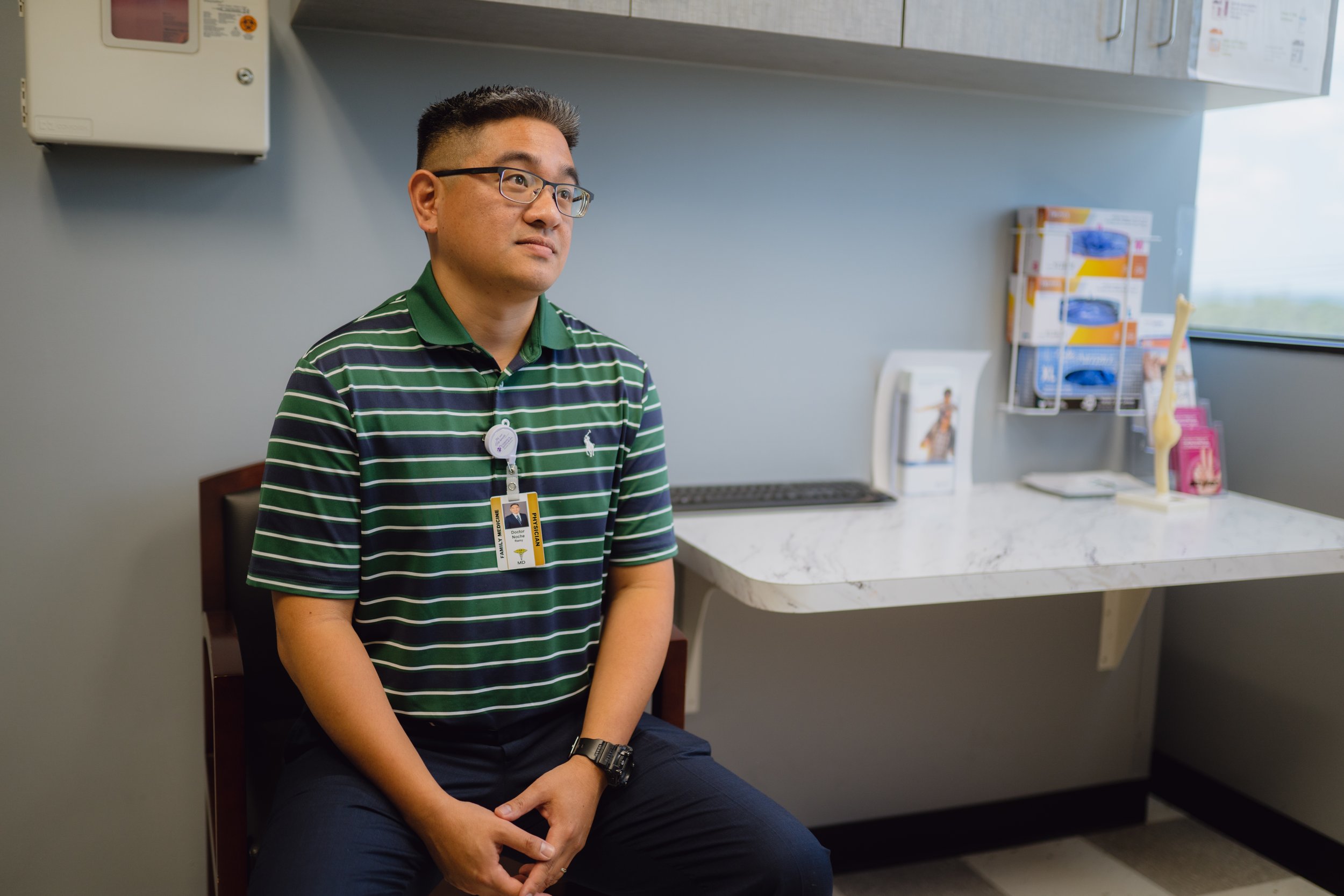
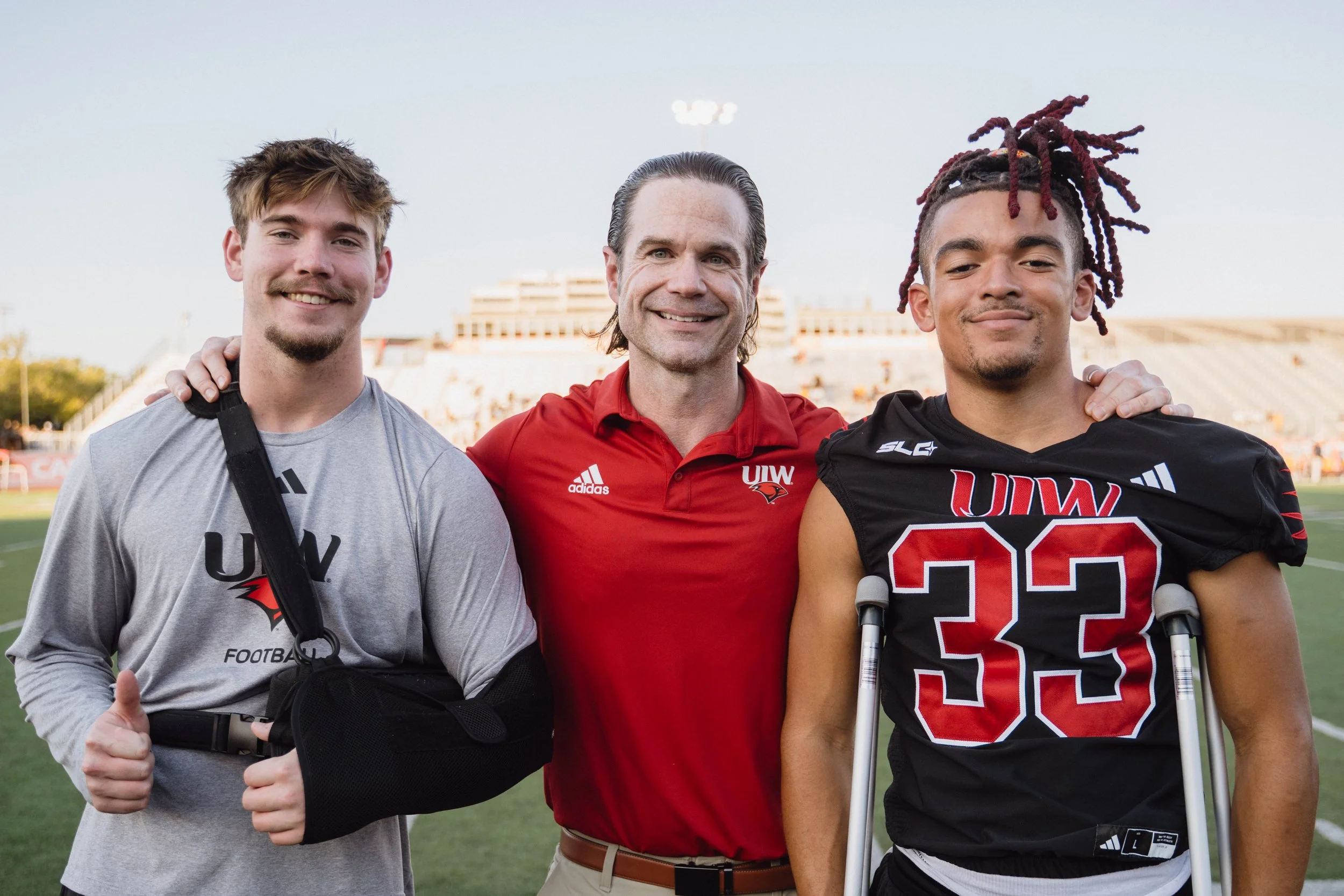


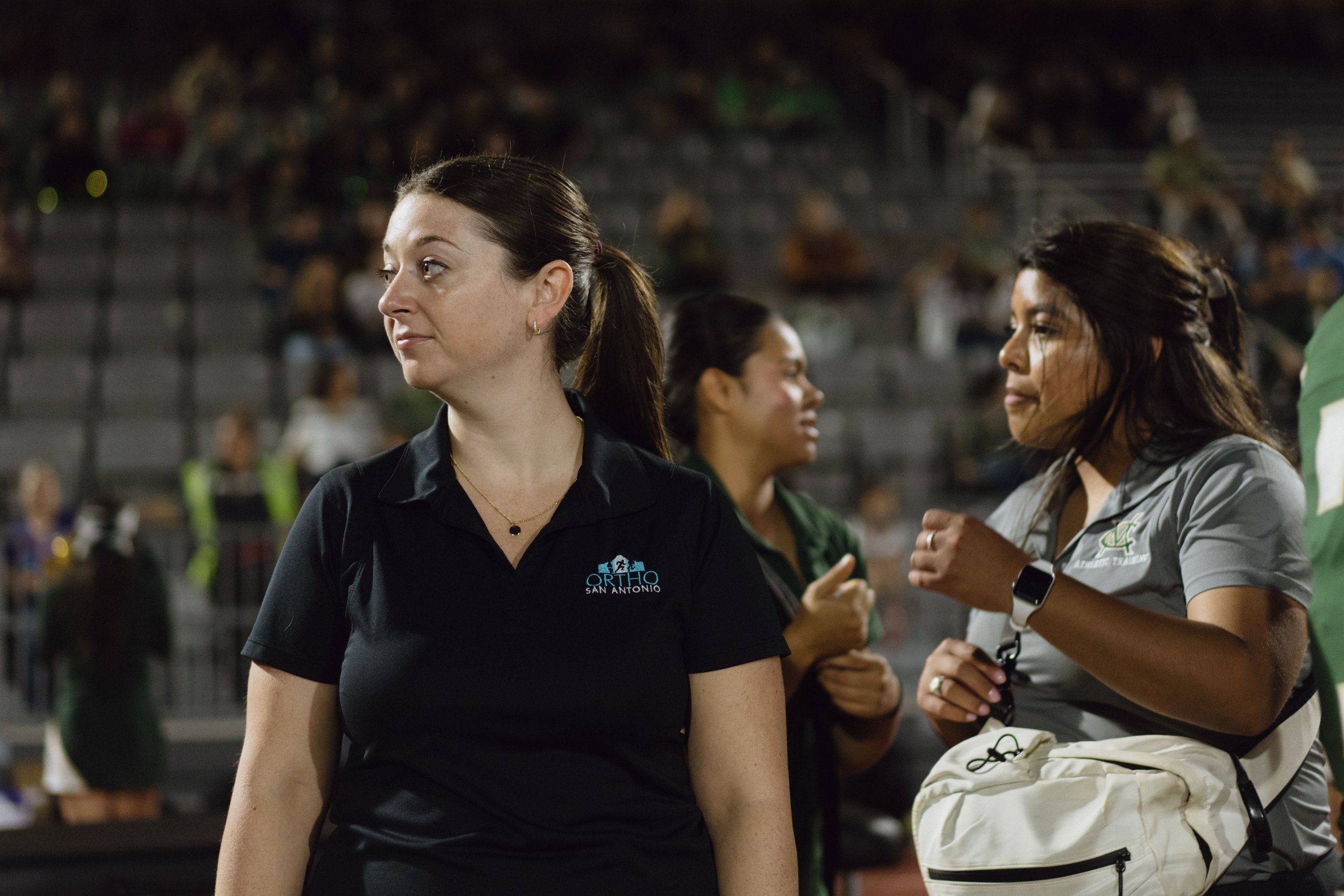
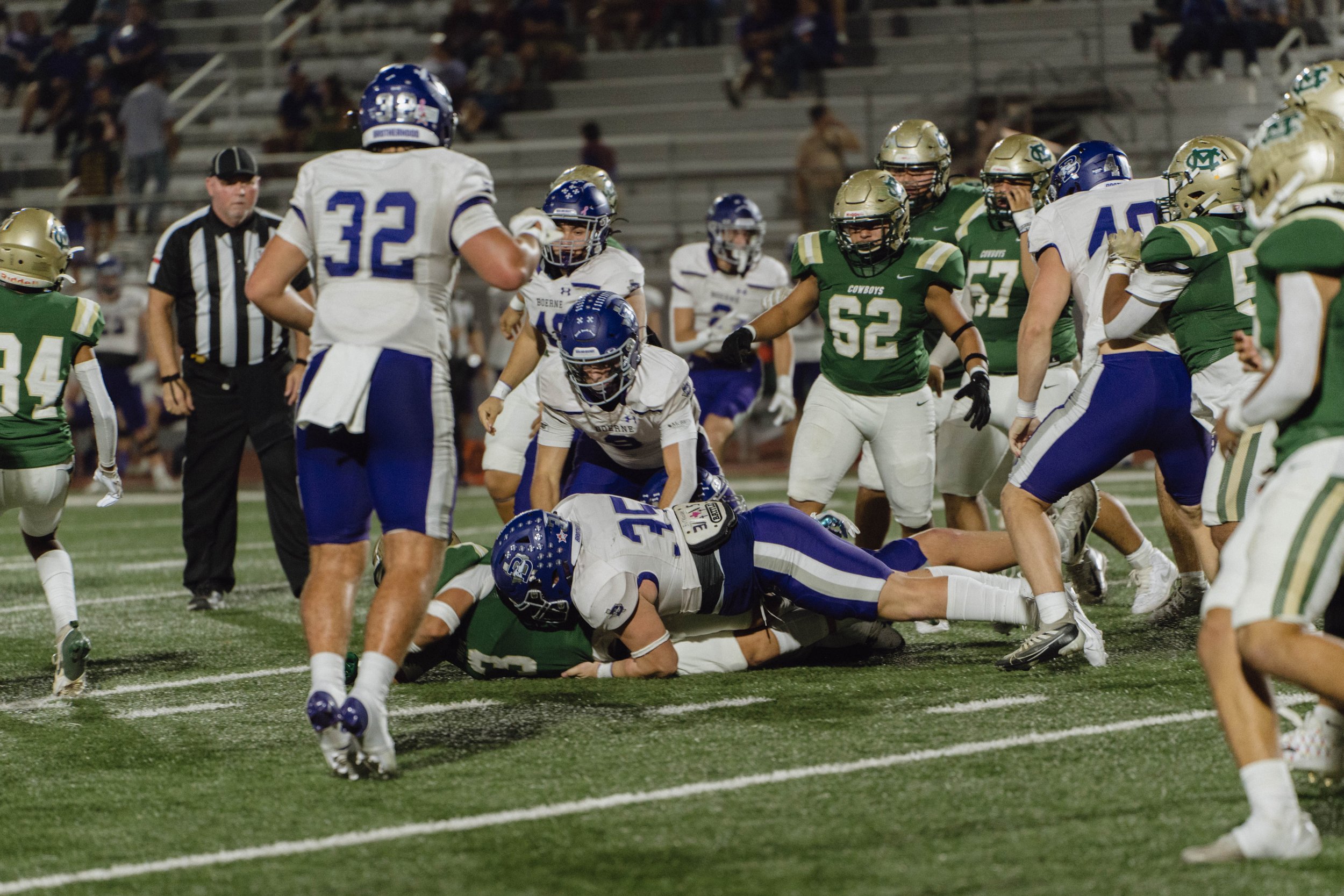
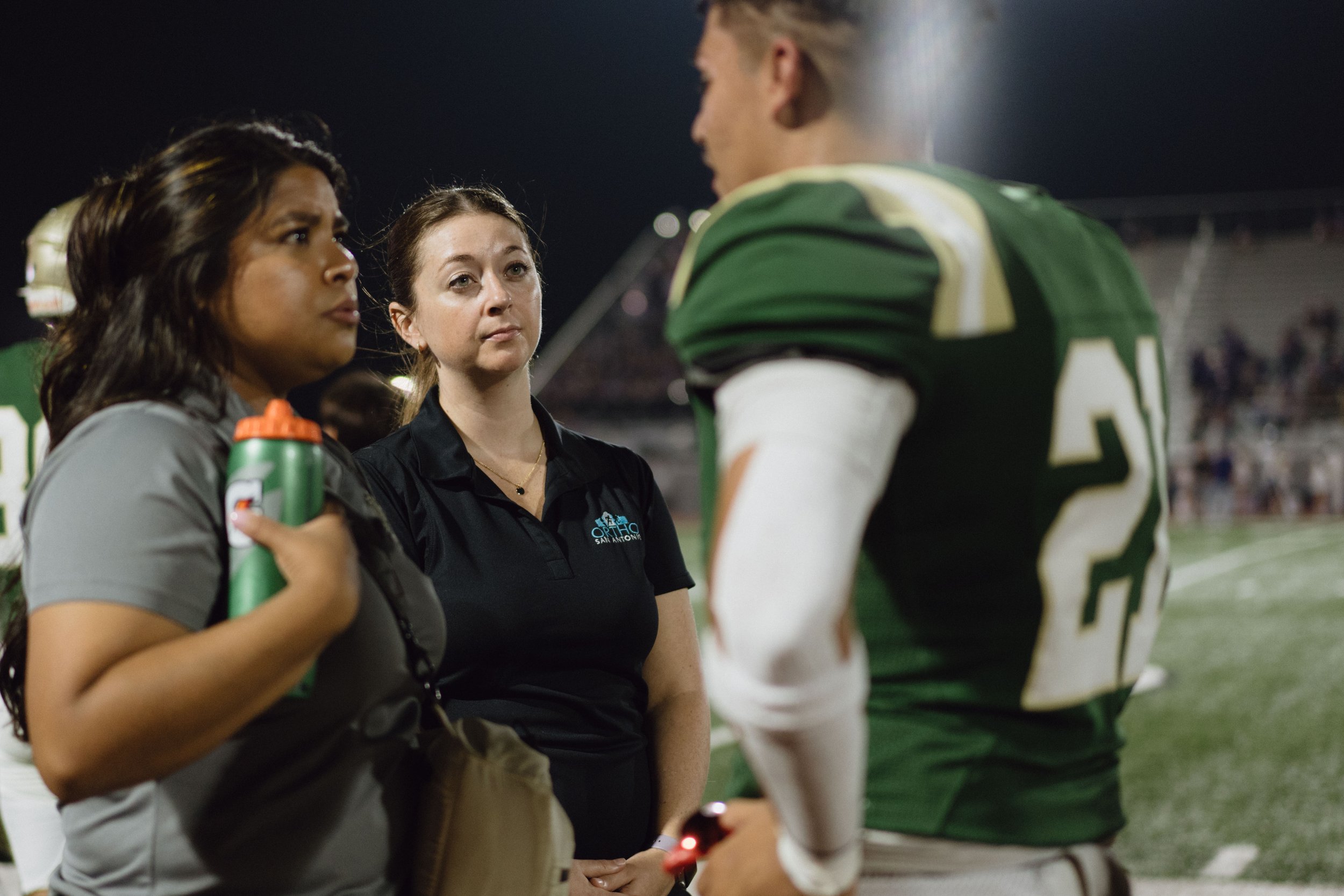
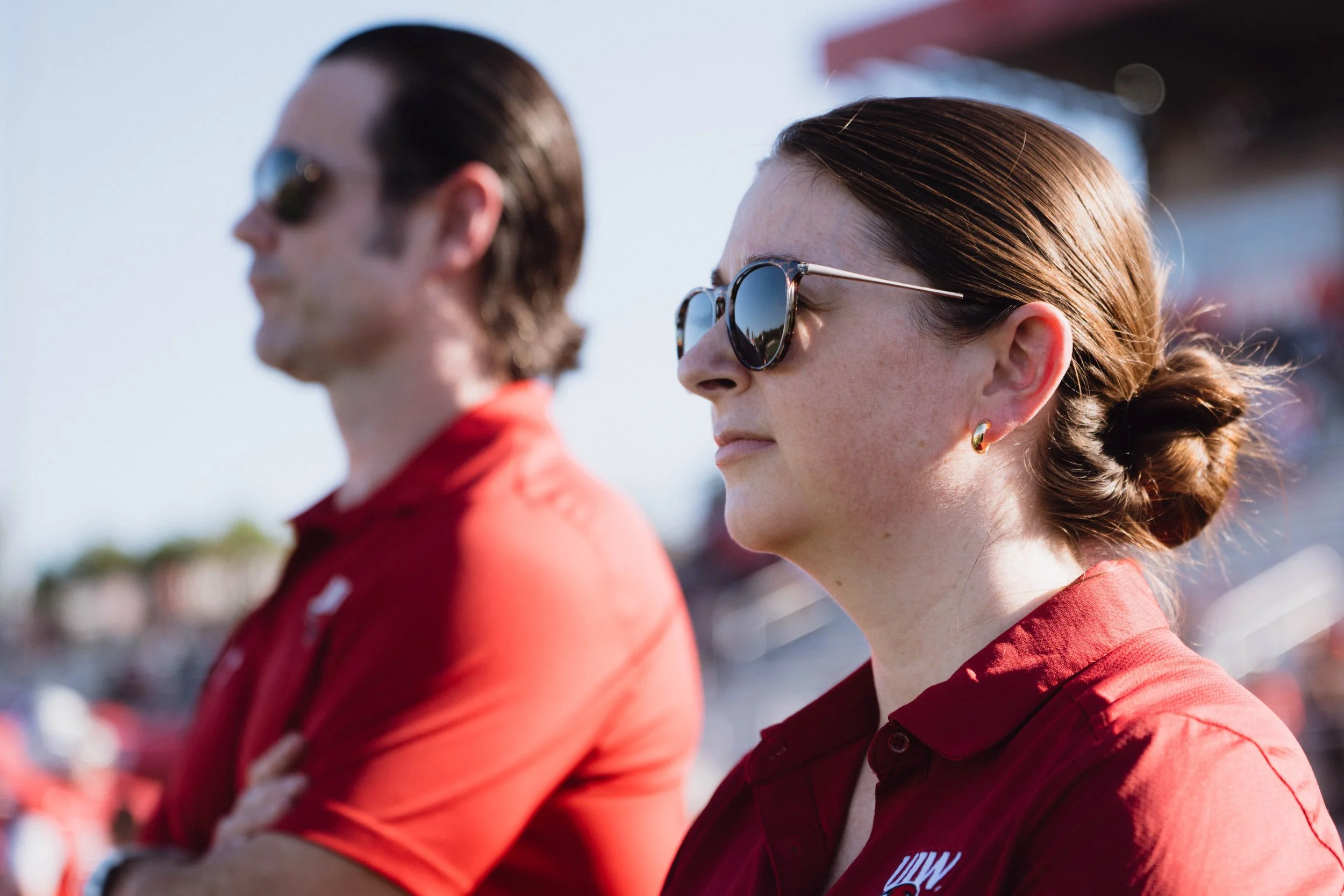

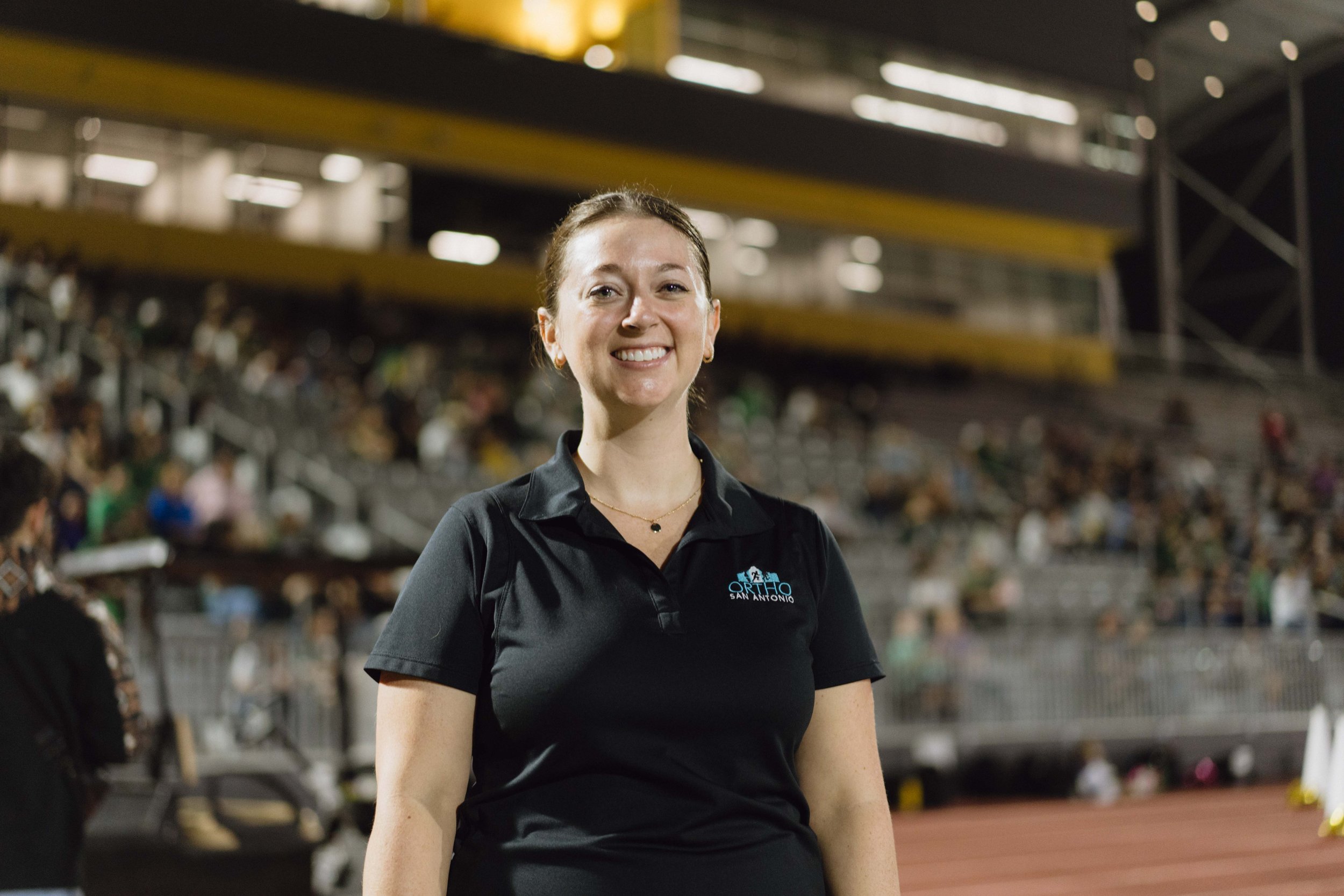

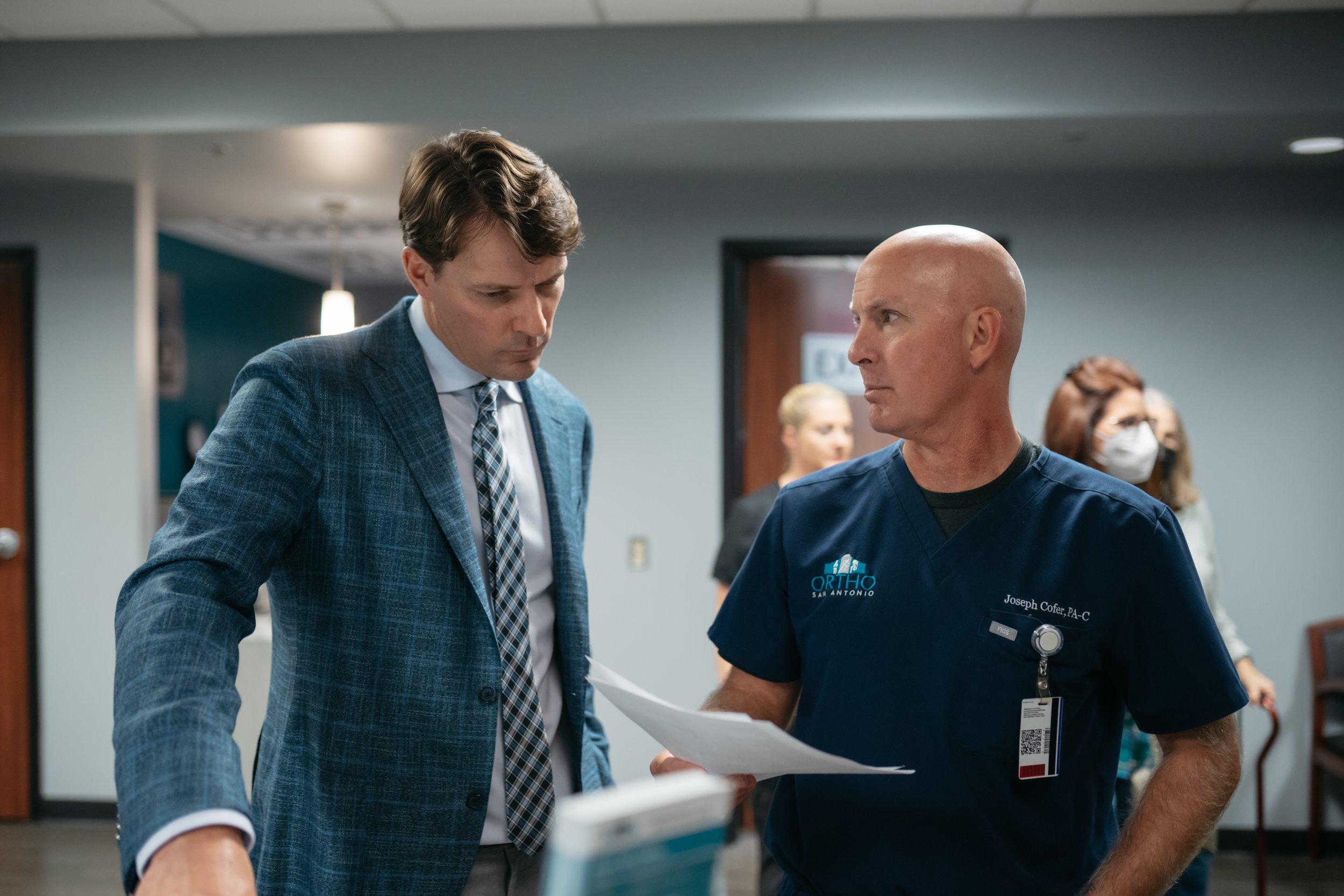

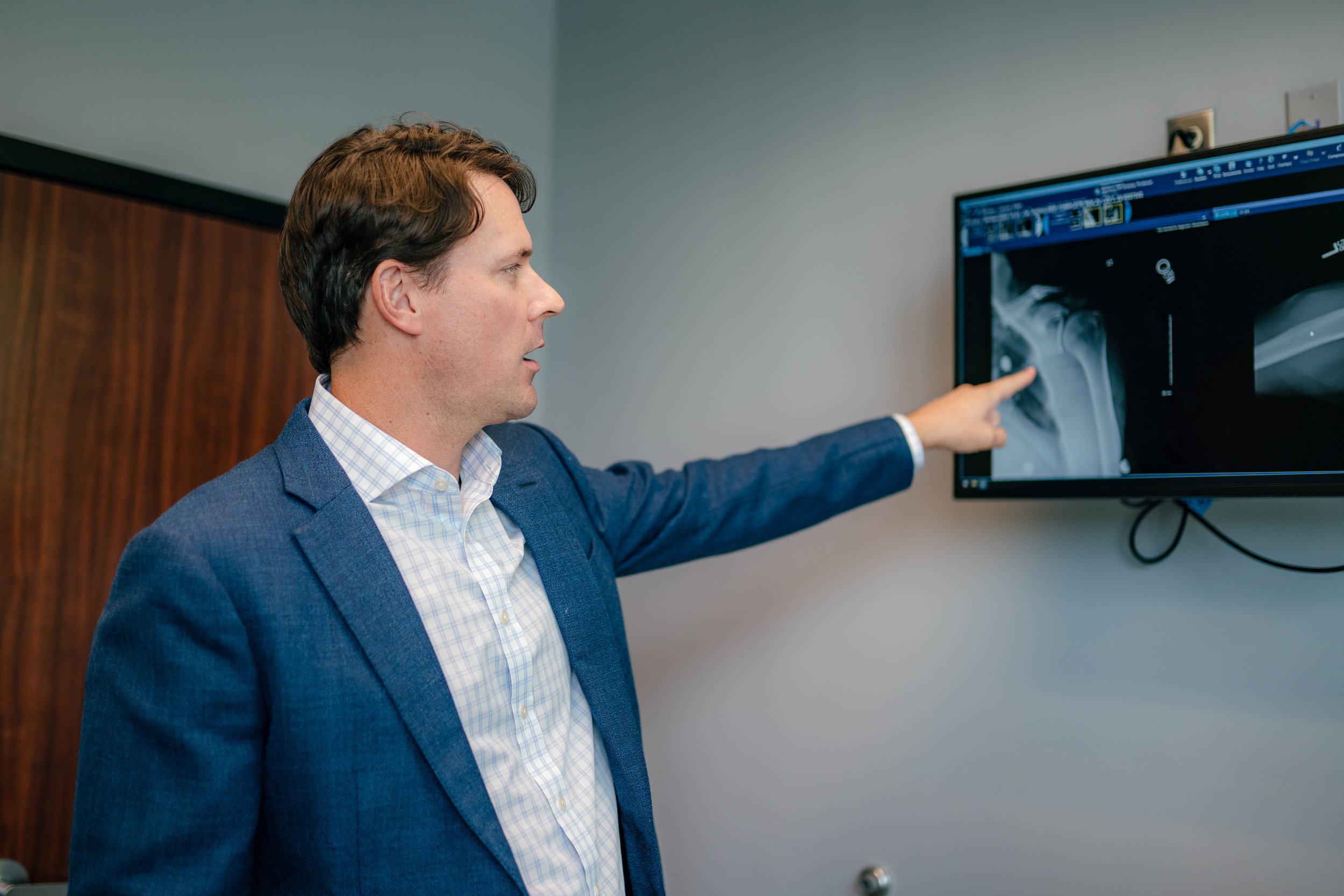
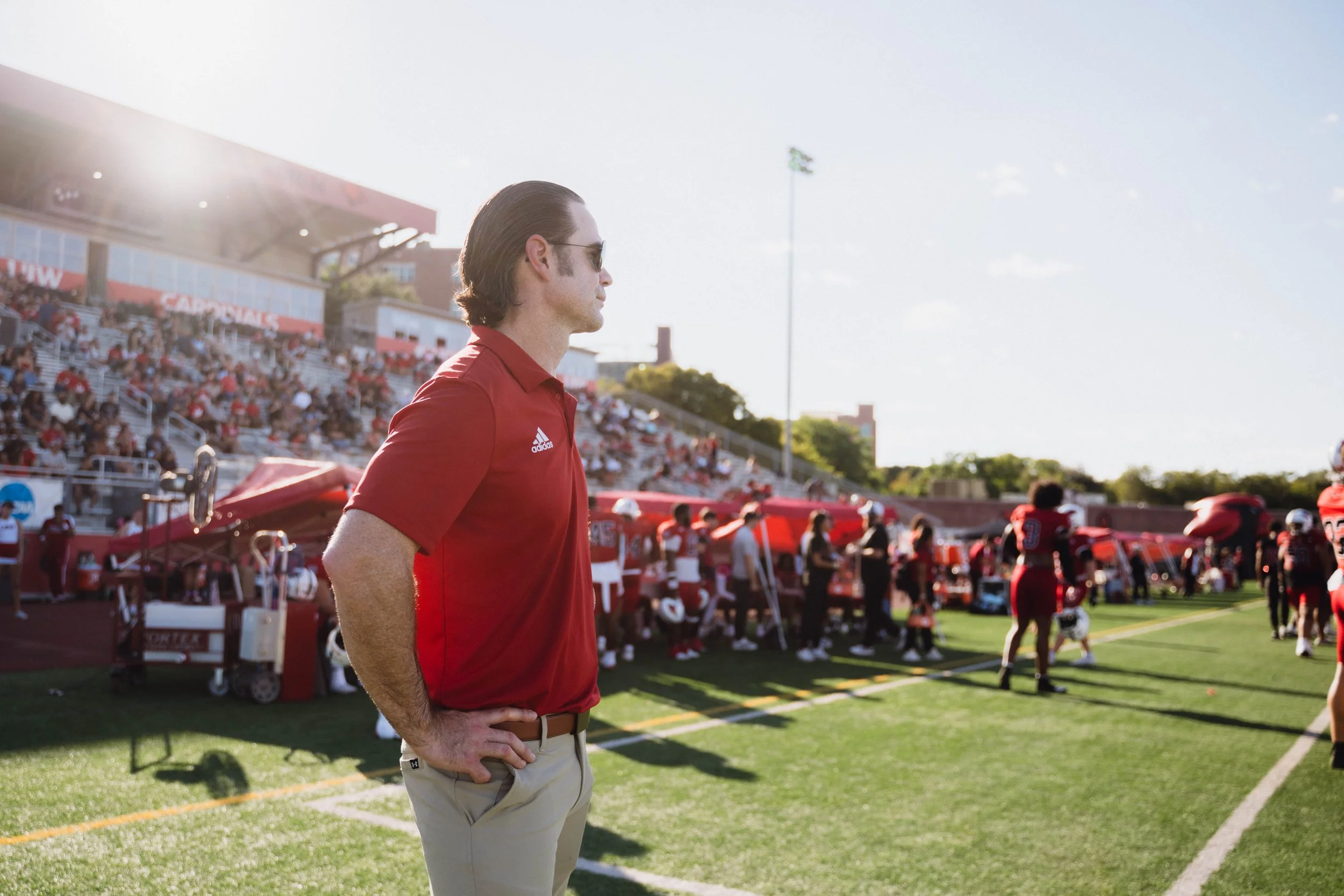
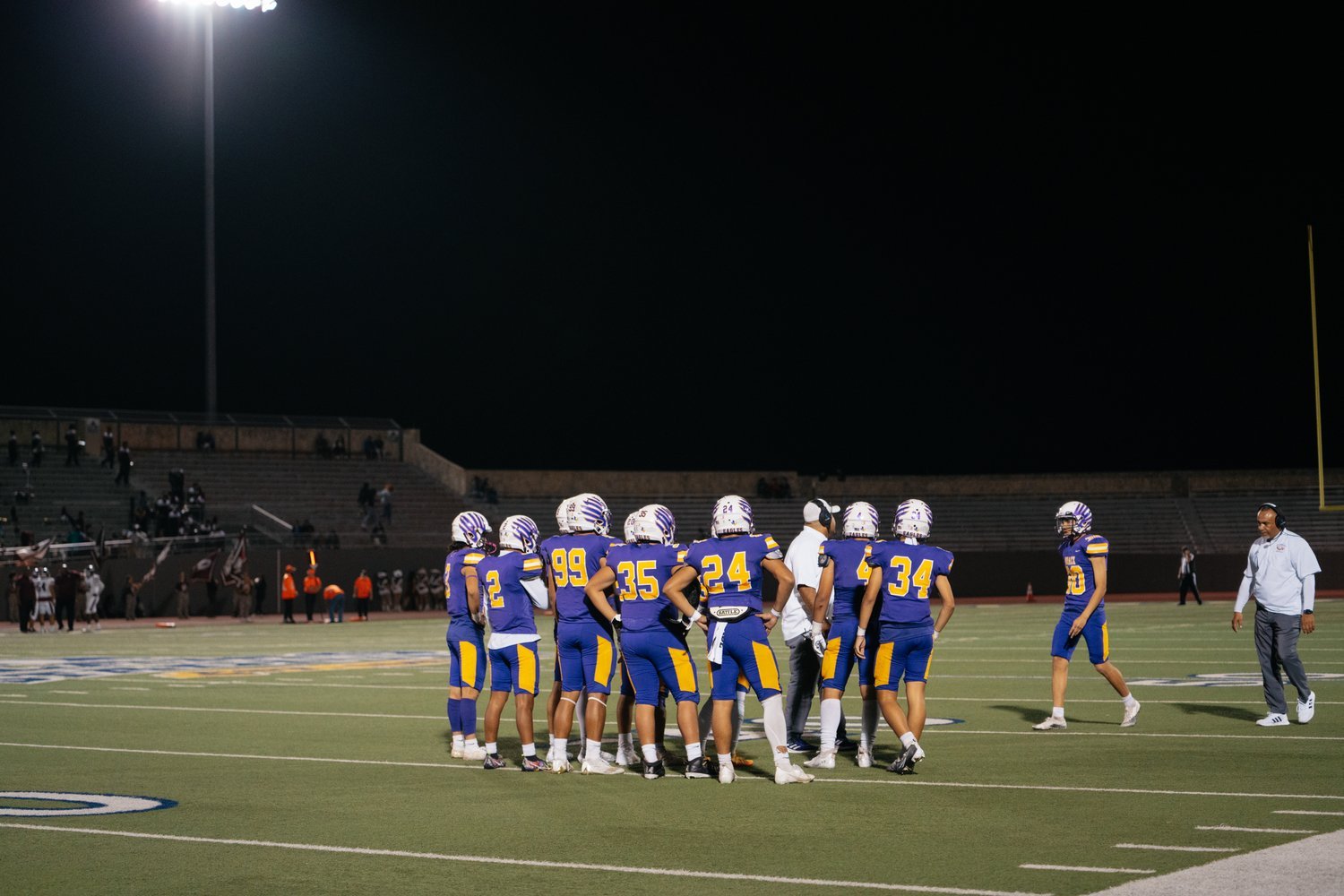
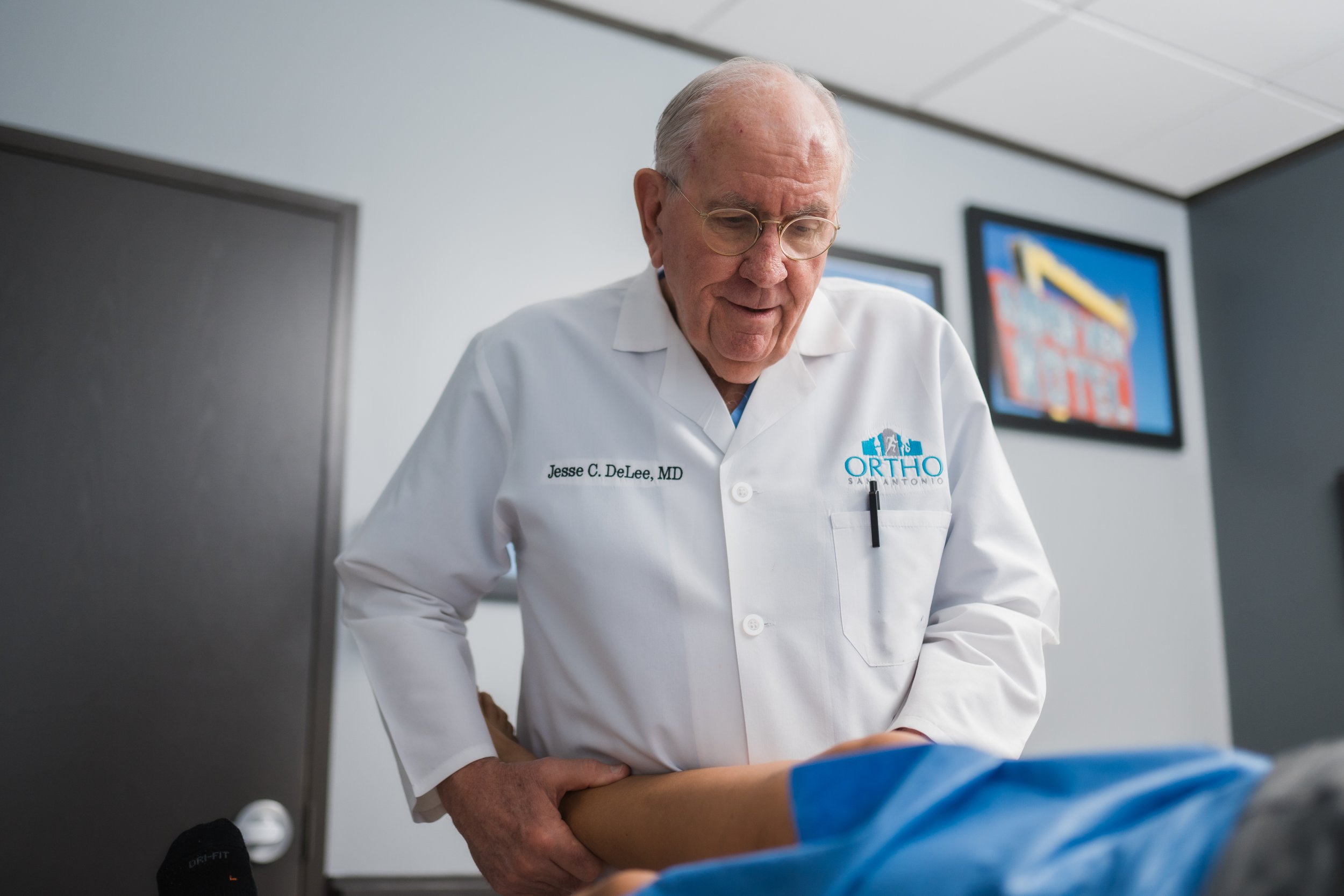

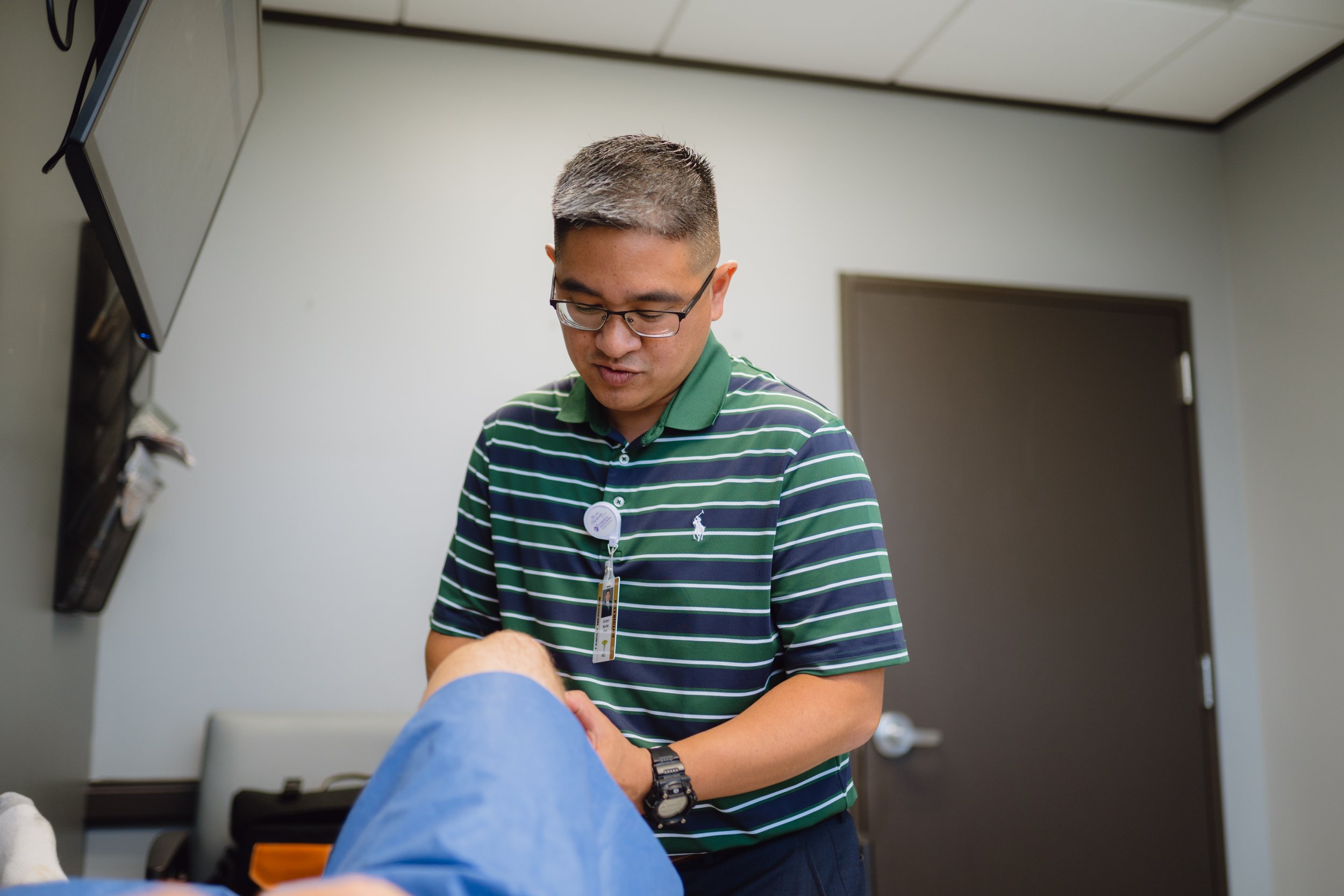
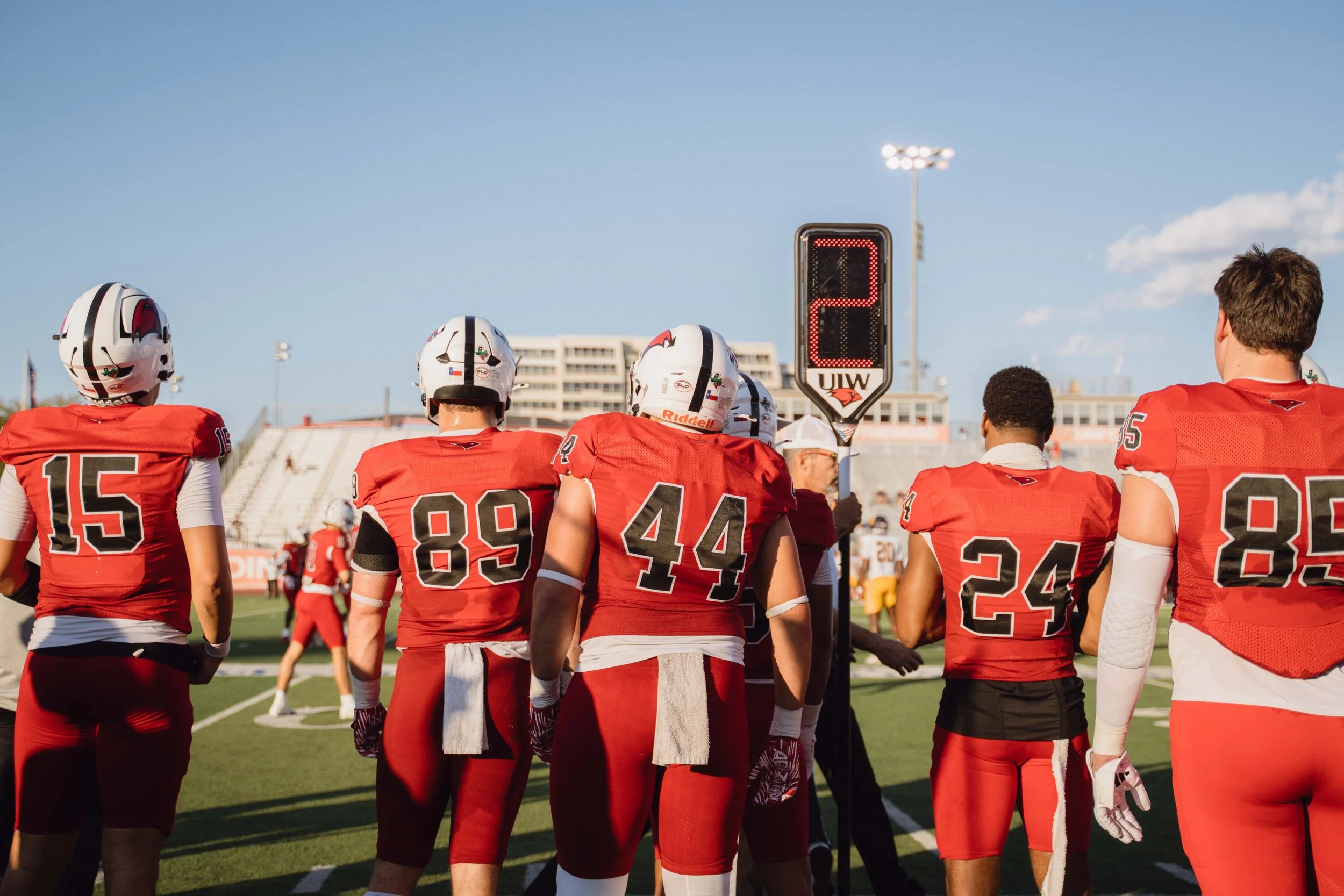
MEET OUR SPORT MEDICINE PHYSICIANS
-

Dr. Matthew Murray
-

Dr. Travis Burns
-
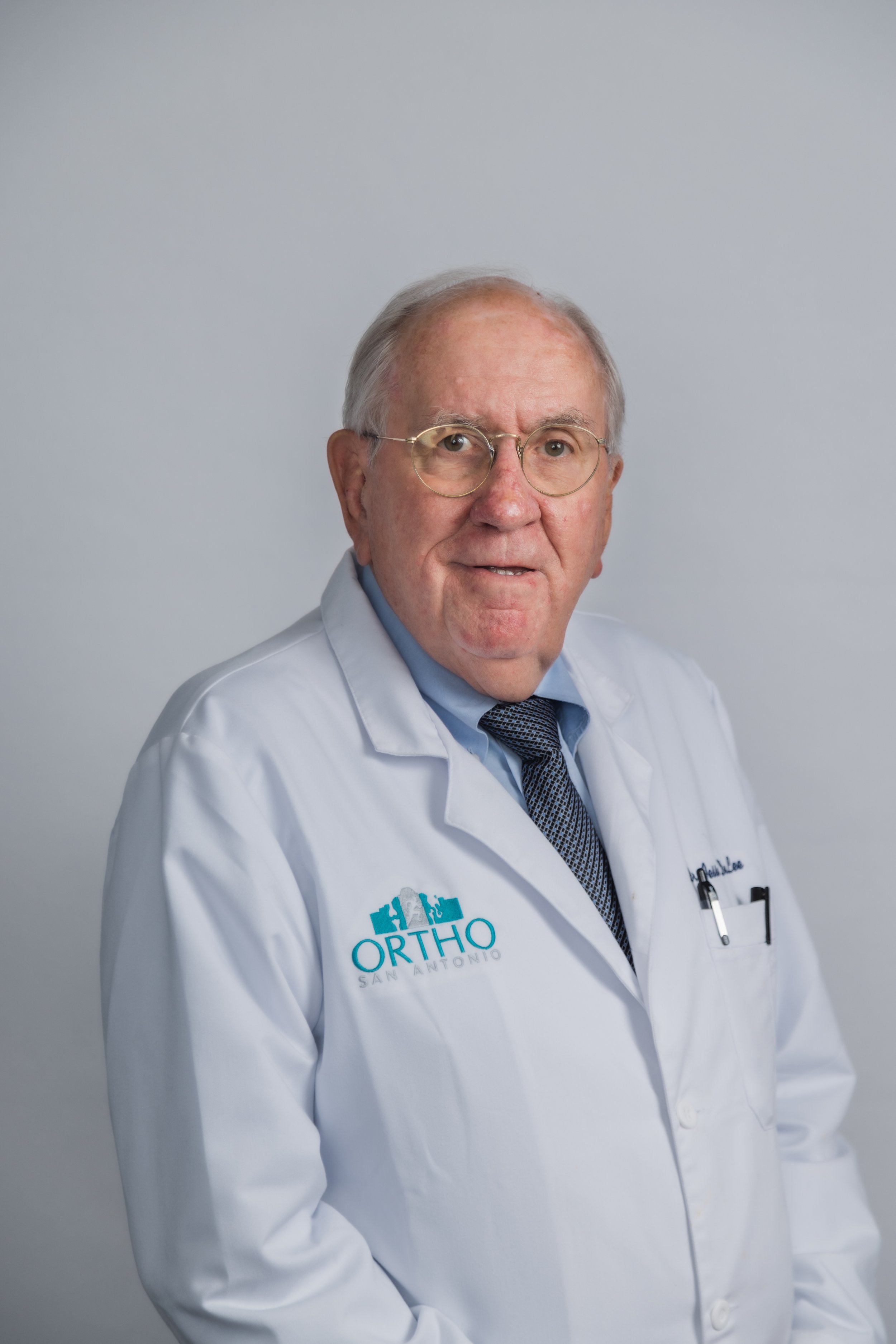
Dr. Jesse Delee
-

DR. RAMY NOCHE
-

Dr. Samantha Baginski
Our Locations
-

Alamo Heights
Address: 423 Treeline Park, Suite 350, San Antonio, TX 78209
-

Westover Hills
Address: 11212 State Highway 151, Medical Plaza 1, 2nd Floor, Suite 200, San Antonio, TX 78251
-

Medical Center
ADDRESS: 2833 Babcock Rd, Tower 2, Suite 435, San Antonio, TX 78229
-

Boerne
ADDRESS: 138 Old San Antonio Rd, Suite 302, Boerne, TX 78006
-

Castroville
Address: 346 County Road 4712, Castroville, TX 78009
-

Piedras
ADDRESS: 4100 E. Piedras, Suite 165, San Antonio, TX 78228
-

Schertz
Address: 6051 FM 3009, Suite 260, Schertz, TX 78154
